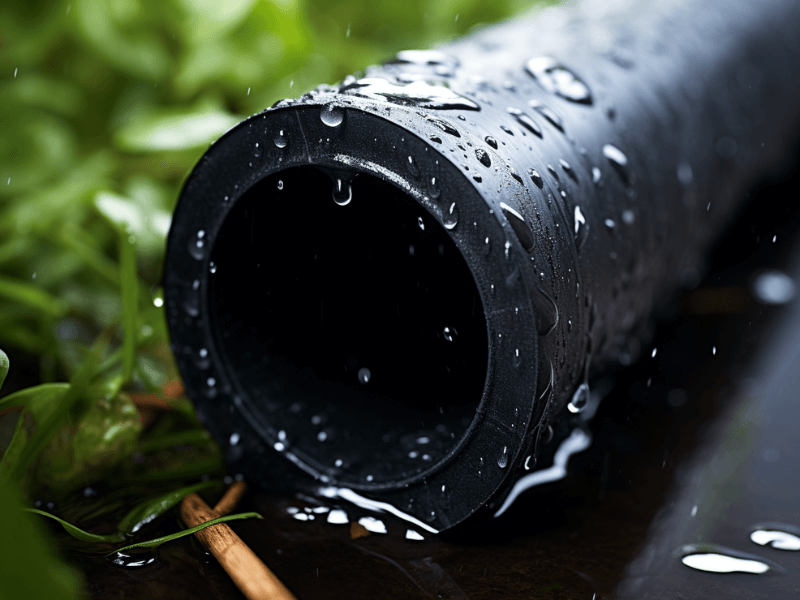Dealing with a leaking PVC pipe when it’s wet might seem like a plumber’s nightmare, but fear not, it’s not as daunting as it sounds! Even in a downpour, or amidst a plumbing crisis, you can efficiently work with PVC pipes, and yes, that includes gluing them when wet.
In this handy guide, we will demystify the process and provide insights on how to successfully glue PVC pipe even under wet conditions. So, tighten your tool belt and get ready for some splashy plumbing adventures!
Overview: Drizzle or Deluge, Glue Away
- Pre-gluing knowledge for dealing with wet PVC pipes
- The ups and downs of gluing PVC pipes when wet
- Catalog of glues suitable for wet PVC pipes, along with their advantages and drawbacks
- Step-by-step guide to glue PVC pipes when wet
- Conclusion of our aquatic plumbing journey

Diving In: Know Before Gluing Wet PVC Pipes
Gluing PVC pipes when wet is a somewhat tricky process because most PVC pipe glues require a dry surface to create a proper bond.
However, certain situations may necessitate gluing even when the pipe is wet. In such cases, remember to handle the wet conditions with care to ensure the adhesive works its magic.
Splish-Splash: Pros and Cons of Gluing Wet PVC Pipes
Like anything else, gluing PVC pipes when wet has its ups and downs.
Pros:
- Emergency situations: You can quickly manage a leak and prevent further water damage.
Cons:
- Compromised bond: Wet conditions may interfere with the glue’s ability to create a solid bond.
- Specific adhesives required: Standard PVC cement might not work well; you need adhesives designed for wet conditions.
The Glue Crew: Adhesives for Wet PVC Pipes
Here are some glues that are up to the task:
Wet-R-Dri PVC Pipe Cement: This solvent cement is formulated for wet conditions and/or when quick pressurization is desired. It’s ideal for irrigation, plumbing, and pool & spa applications.
- Pros: Sets quickly and can handle pressure soon after application.
- Cons: The fast set time doesn’t allow for repositioning once the surfaces are joined.
Oatey Rain-R-Shine PVC Cement: This medium-setting cement is suitable for use in wet conditions and/or quick pressurization.
- Pros: Allows more time for adjustments after joining the surfaces compared to Wet-R-Dri.
- Cons: It has a longer cure time, and it’s not as readily available as some other brands.
Christy’s Red Hot Blue Glue: This is a fast-setting PVC pipe glue that works well in wet and dry conditions.
- Pros: It’s an all-weather adhesive, meaning it works efficiently in both wet and dry conditions.
- Cons: It dries quickly, leaving little room for adjustment once applied.
The Steps to Success: Gluing Wet PVC Pipe
- Clean the area: Start by cleaning the pipe surface as best as you can. Wipe away as much water as possible.
- Prime the pipe: Apply a layer of PVC primer (if recommended by the adhesive manufacturer).
- Apply the adhesive: Generously apply the wet condition adhesive on both surfaces (pipe and fitting).
- Join and hold: Insert the pipe into the fitting, twist slightly, and hold it in place for about 30 seconds to prevent it from pushing out.
- Let it cure: Allow enough time for the adhesive to fully cure before pressurizing the system.
Conclusion: Plumbing Victories, Rain or Shine
While gluing PVC pipe when wet might not be an ideal situation, it’s completely manageable with the right knowledge, adhesive, and technique.
Remember, the key to success lies in choosing an appropriate glue designed for wet conditions and giving it ample time to cure.
So, the next time you face a watery pipe predicament, you can confidently say, “Bring it on!”


